History and its heroes through the eyes of Paul Delaroche (25 photos)
A master of historical scenes - this is how this painter can be described. 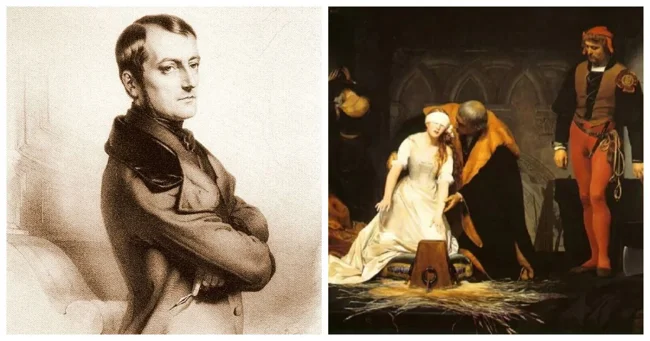
Paul Delaroche (07/17/1797–11/4/1856) was a 19th-century French artist who worked on historical subjects. In his work, the naturalistic tendency is harmoniously combined with a passion for romantic subjects and the idealization of famous personalities. The master’s paintings depict many famous people of their times and eras. 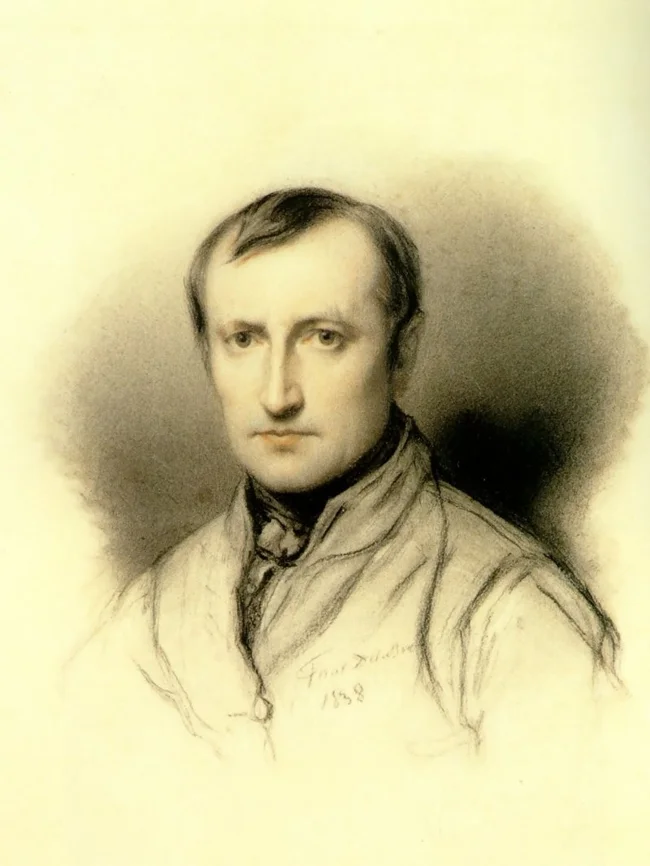
Self-portrait
Paul Delaroche was born in Paris on July 17, 1797. The boy was named Ippolit, but at home everyone called the child Paul, and the name remained in adulthood. Delaroche's father was well versed in art, and his uncle was an employee of the Paris Public Library. Accordingly, the future artist from a young age had the opportunity to become familiar with beauty. Paul Delaroche initially showed great interest in landscape painting.
Later, his interests shifted towards the historical genre, and Constant Joseph Desbords became his mentor. Then, for several years, the young man worked under the guidance of the famous painter Antoine-Jean Gros. Paul Delaroche presented his first work in the genre of historical painting, “Joseph Saves Joac,” at the Paris Exhibition of 1822. The work, in which the painter’s talent was already clearly felt, made a strong impression on the public and critics. Later, the painter became interested in romantic themes, and the plots acquired a pronounced deep drama. 

Delaroche's works gained fame. The master was also an excellent portrait painter, consistently receiving orders from a large number of famous people of his era.
In 1833, the painter received the position of professor at the Paris College of Fine Arts.
He soon left for Italy, where he married the daughter of the French artist and diplomat Horace Vernet. Three years later, the master returned to France, where he presented new paintings to the public. They again aroused keen interest and sincere response and approval from specialists.
Between 1837 and 1841, Paul Delaroche worked on a large-scale fresco, 15 meters long, entitled "Semicircle". It was a tribune that decorated the assembly hall of the School of Fine Arts. It depicts 75 of the world's greatest artists, from ancient times to the 17th century.
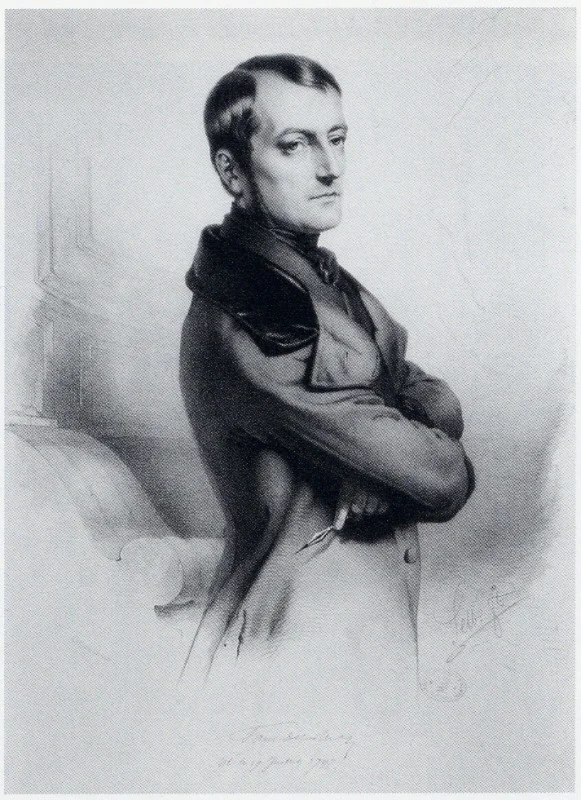
In the 1840s, the artist painted paintings on the theme of religion. Having made a second trip to Italy in 1844, he recreated in his works sketches of life and everyday life characteristic of this country. After the death of his wife in 1845, Paul Delaroche turned to tragic subjects. The artist died in Paris on November 4, 1856.
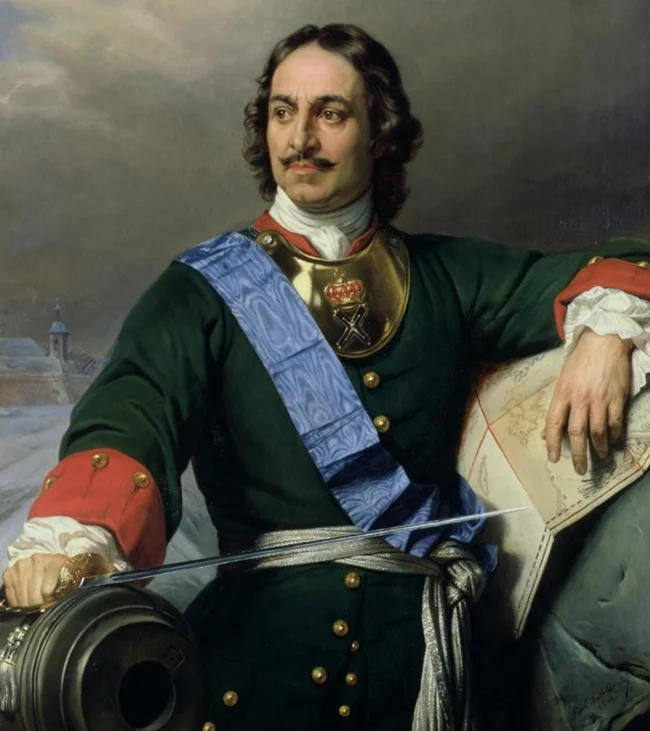
Portrait of Peter I
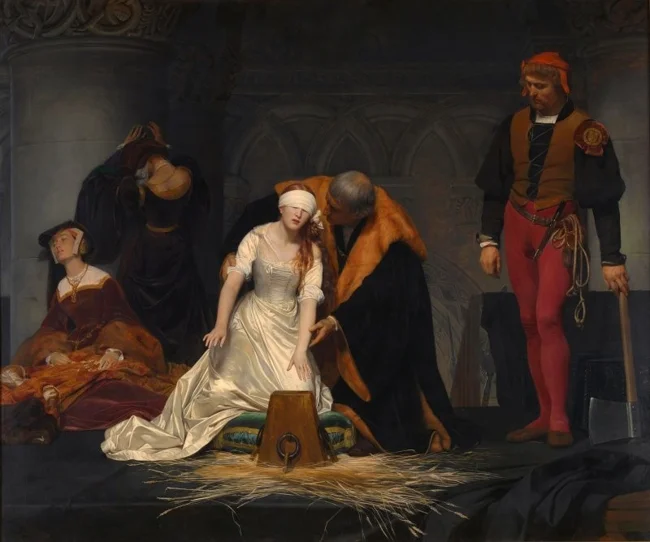
Execution of Lady Jane Gray
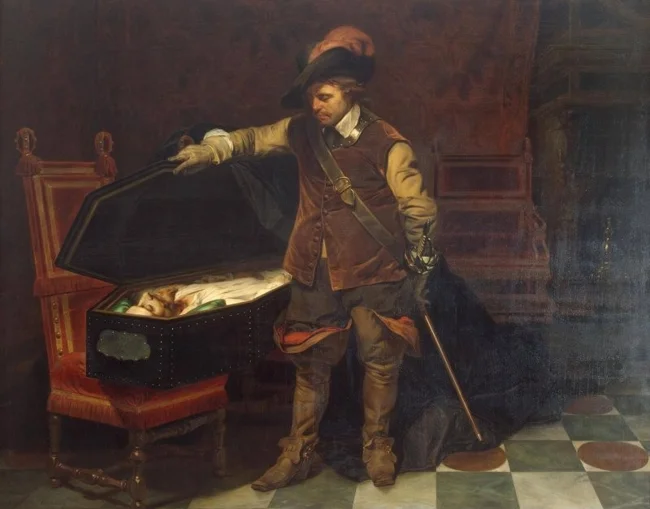
Oliver Cromwell opening the coffin of Charles I
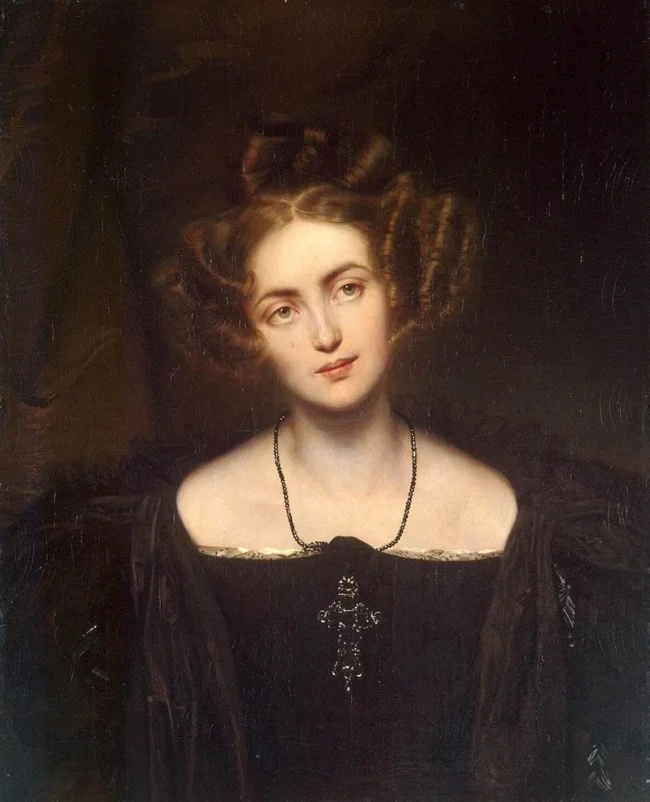
Portrait of Henrietta Sontag
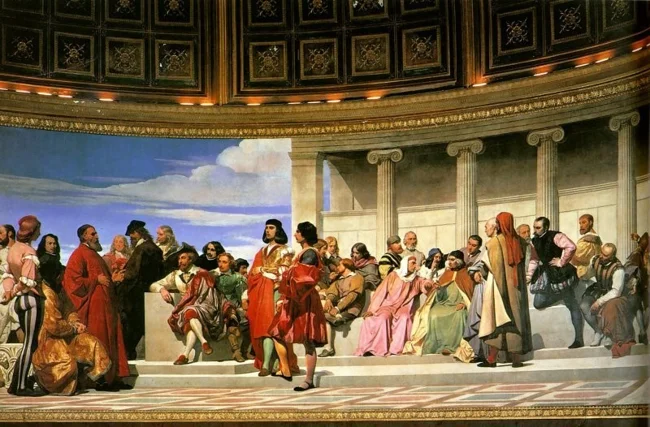
"Semicircle" (fragment)
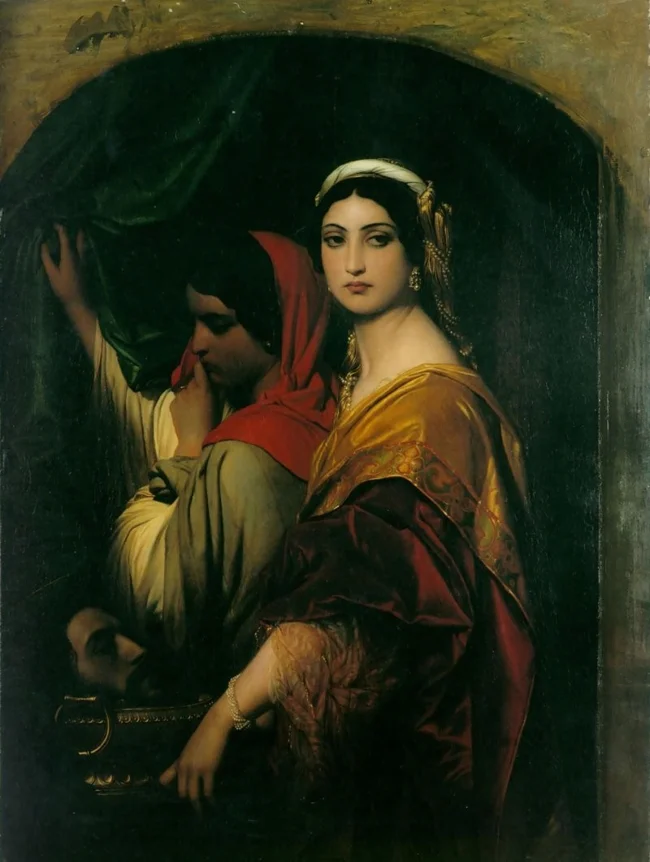
Herodias

Christian martyr of the time of Diocletian in the Tiber
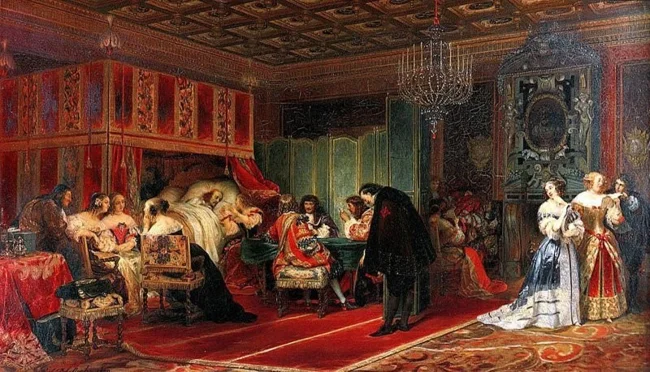
Dying Cardinal Mazarin
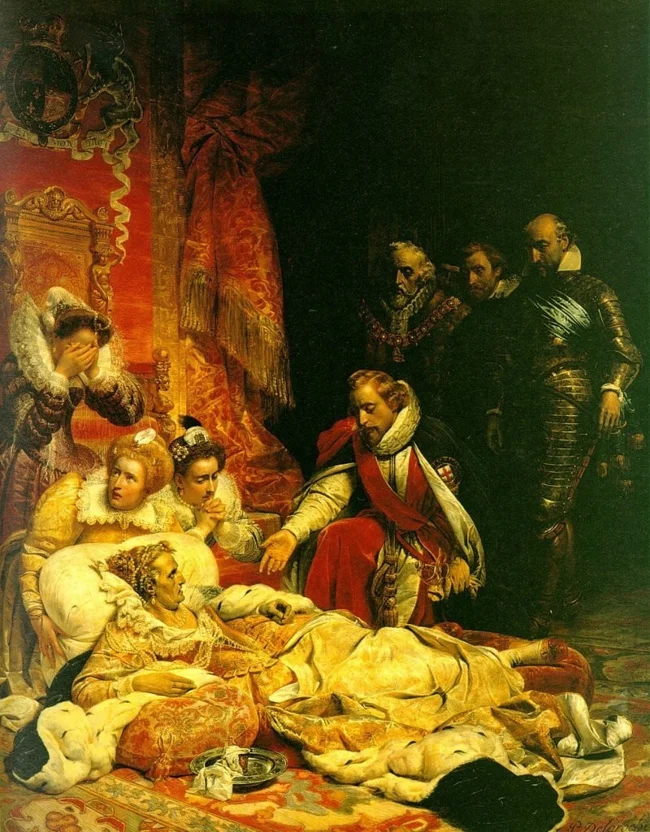
Death of Elizabeth
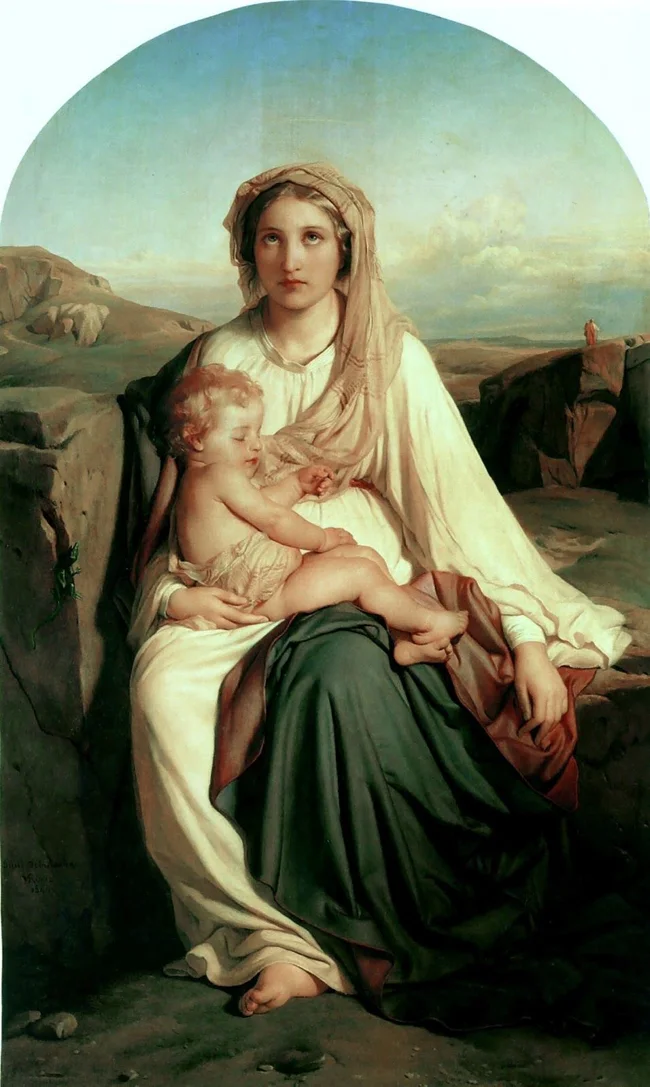
Madonna and Child
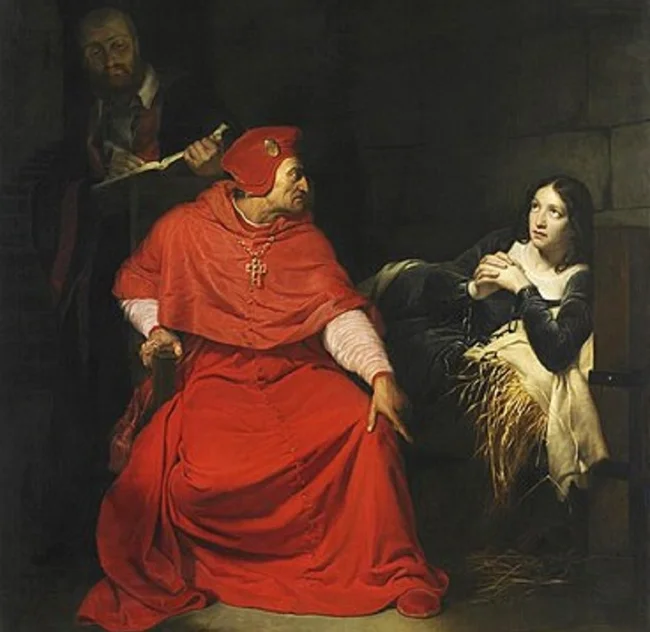
Interrogation of Joan by the Cardinal of Winchester
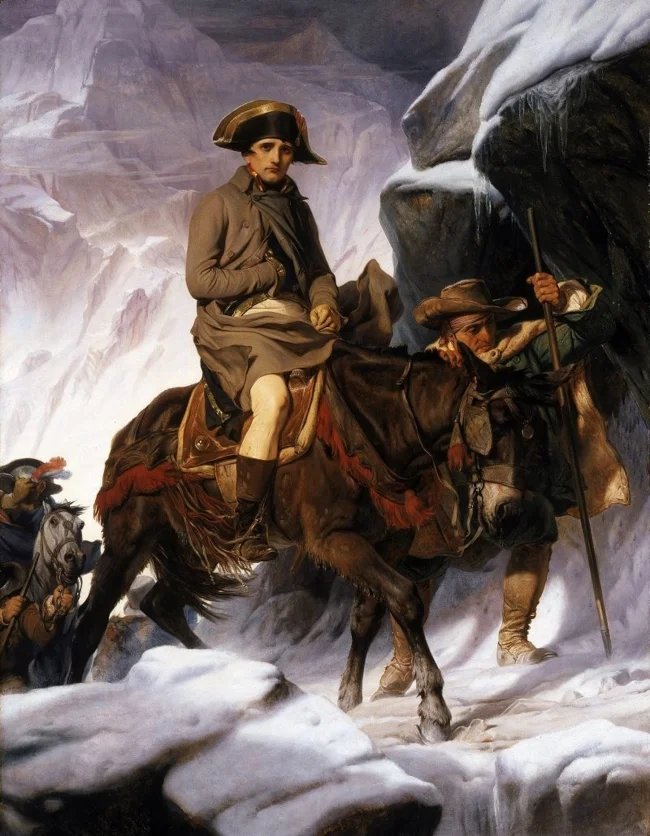
Napoleon's crossing of the Alps

Cardinal Richelieu
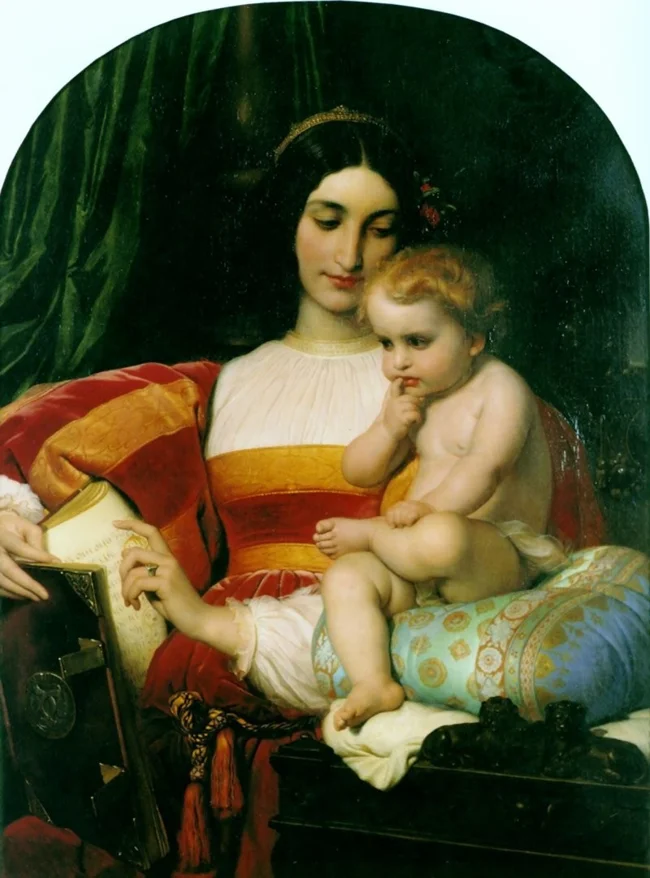
Childhood of Pico della Mirandola
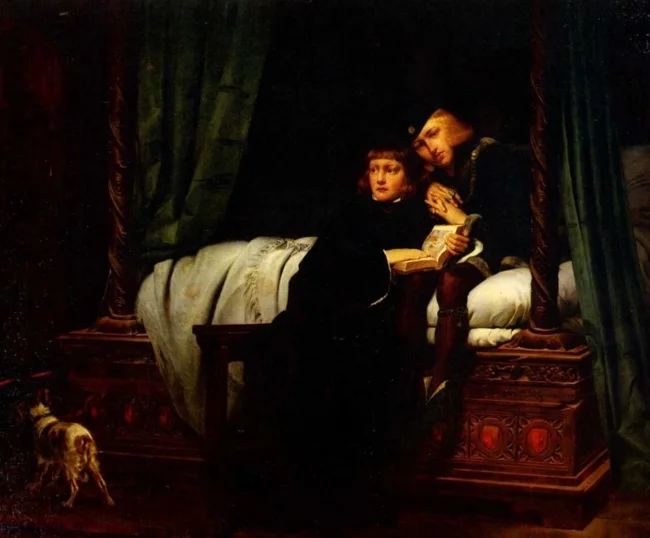
Princes in the Tower
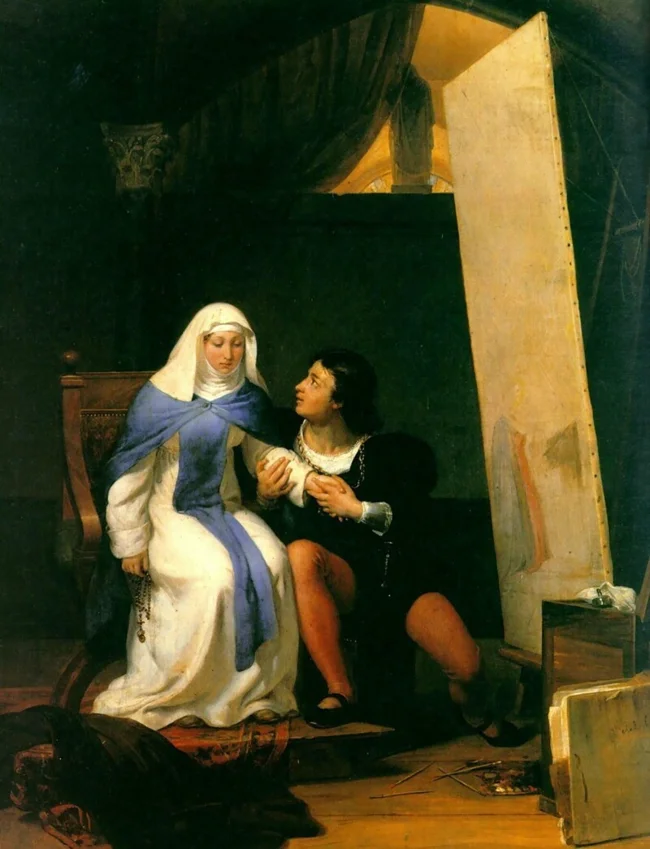
Filippo Lippo falling in love with his model
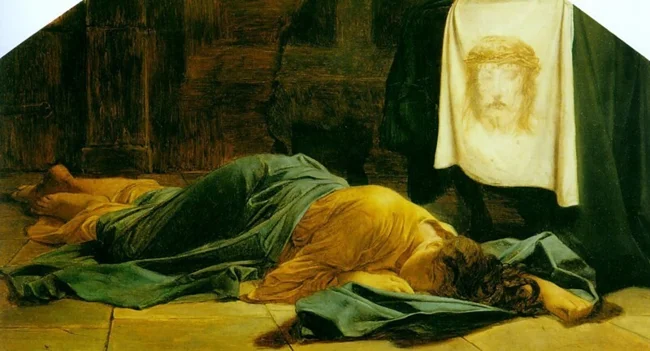
Saint Veronica

Charles de Remusat
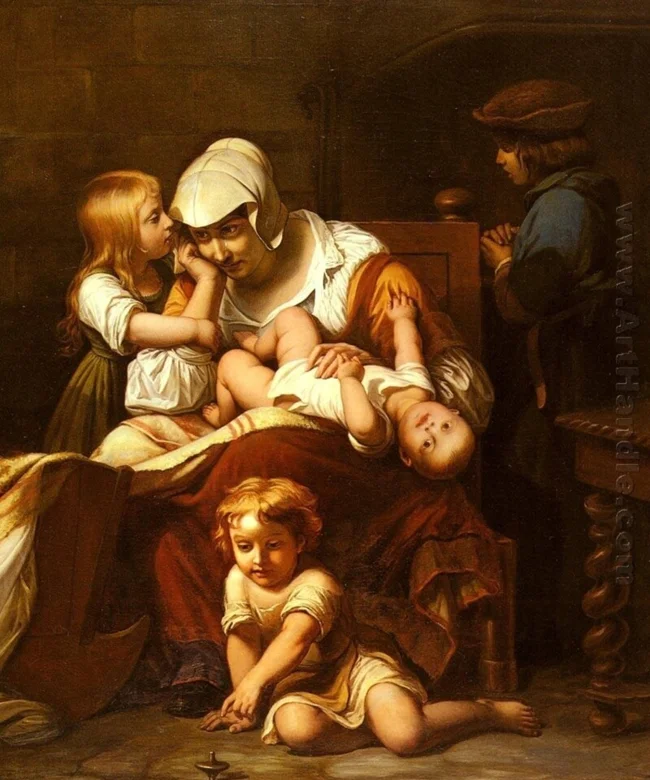
Mother and children
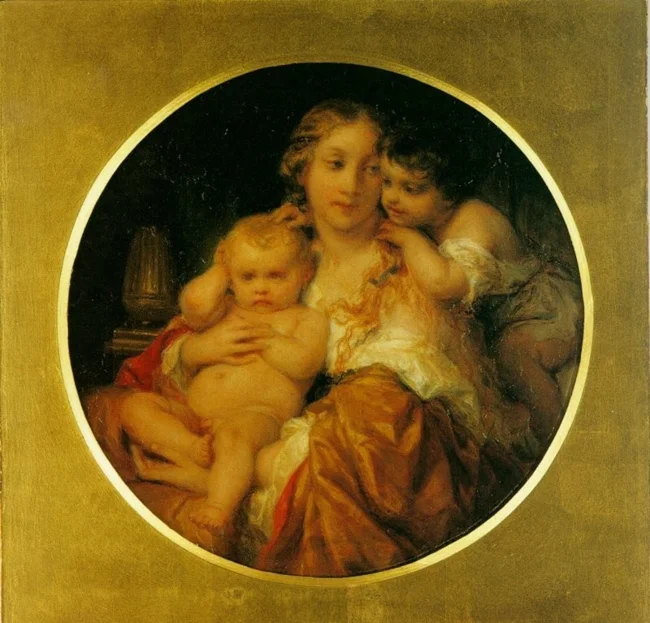
Mother and children
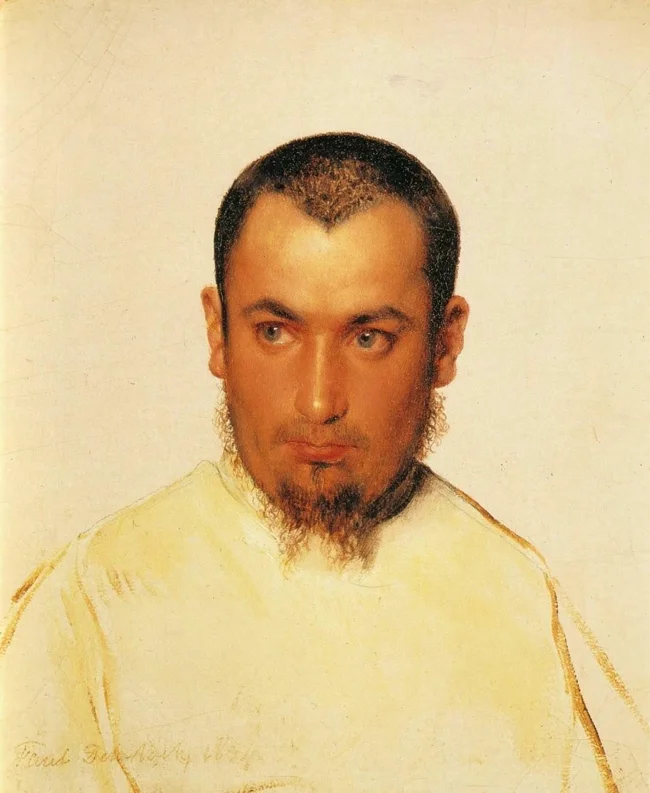
Portrait of a monk

